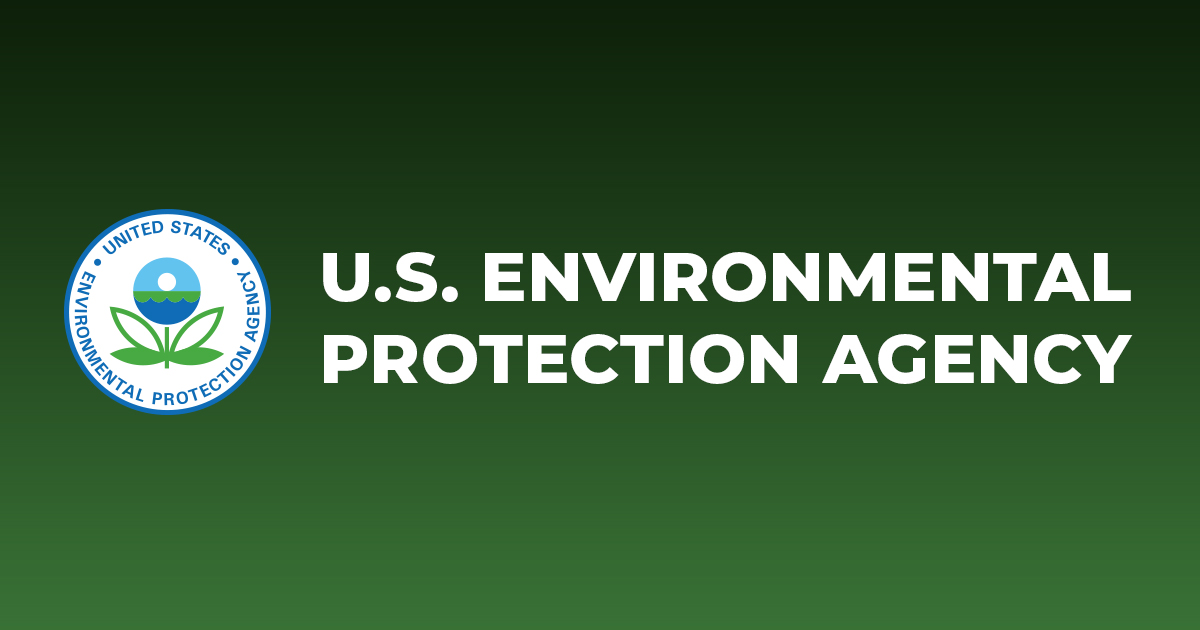How many GW that were normally expected by ERCOT in Texas affected by the generational weather occurrence so adversely that they were not able to provide the power they were contracted to provide ERCOT?
Not to include the ones scheduled for maintenance or shut down seasonally, as MANY do, because demand is much lower in February (even THIS February) than the average summer month.
Dan correctly pointed out (somewhere) that the issues with solar and wind that caused them to shut down aren't being fixed anytime soon (because they can't be). If Texas was all FF would we even have this problem? There seems little doubt that forced, subsidized, green energy made this problem much much worse.
Not to include the ones scheduled for maintenance or shut down seasonally, as MANY do, because demand is much lower in February (even THIS February) than the average summer month.
Dan correctly pointed out (somewhere) that the issues with solar and wind that caused them to shut down aren't being fixed anytime soon (because they can't be). If Texas was all FF would we even have this problem? There seems little doubt that forced, subsidized, green energy made this problem much much worse.











Comment